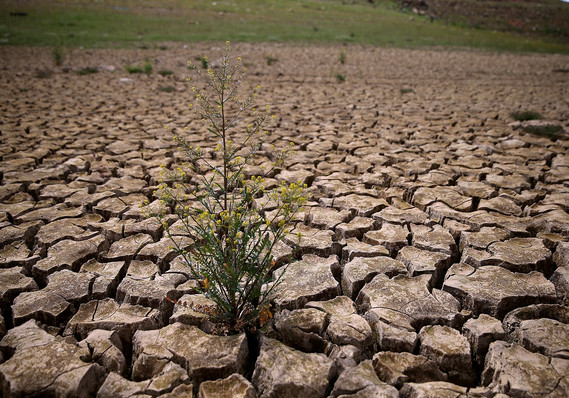New Delhi: A series of severe and lengthy droughts may have caused the decline of the Indus Civilization cities, according to a study which looked into ancient rock formation from a cave in Uttarakhand.
The beginning of this arid period—starting at around 4,200 years ago and lasting for over two centuries—coincides with the reorganisation of the metropolis-building Indus Civilization, which spanned present-day Pakistan and India.
The research, published in the journal Communications Earth & Environment, identified three protracted droughts—each lasting between 25 and 90 years—during this arid period.
“We find clear evidence that this interval was not a short-term crisis but a progressive transformation of the environmental conditions in which Indus people lived,” said study co-author Cameron Petrie, Professor at the University of Cambridge, UK.
The researchers charted historic rainfall by examining growth layers in a stalagmite — a type of rock formation that rises from the floor of a cave — collected from a cave near Pithoragarh, Uttarakhand.
By measuring a range of environmental tracers—including oxygen, carbon and calcium isotopes—they obtained a reconstruction showing relative rainfall at seasonal resolution.
The team also used high-precision Uranium-series dating to get a handle on the age and duration of the droughts.
“Multiple lines of evidence allow us to piece together the nature of these droughts from different angles—and confirm they are in agreement,” said study lead author Alena Giesche, who conducted the research as part of her Ph.D. In Cambridge’s Department of Earth Sciences.
Giesche and the team identified distinct periods of below-average rainfall in both the summer and winter seasons.
“The evidence for drought affecting both cropping seasons is extremely significant for understanding the impact of this period of climate change upon human populations,” said Petrie.
The droughts during this period increased in duration, to the point where the third would have been multi-generational in length, the researchers said.
The findings support existing evidence that the decline of the Indus megacities was linked to climate change.
“But what’s been a mystery until now is information on the drought duration and the season they happened in,” said Giesche.
“That extra detail is really important when we consider cultural memory and how people make adaptations when faced with environmental change,” the researcher added
According to Petrie, the archaeological evidence indicates that over a 200 year period, the ancient inhabitants took various steps to adapt and remain sustainable in the face of this new normal.
During this transformation, larger urban sites were depopulated in favour of smaller rural settlements towards the eastern extent of the area occupied by Indus populations.
At the same time, agriculture shifted towards reliance on summer-crops, especially drought-tolerant millets, and the population transitioned to a lifestyle that appears to have been more self-reliant..
PTI
